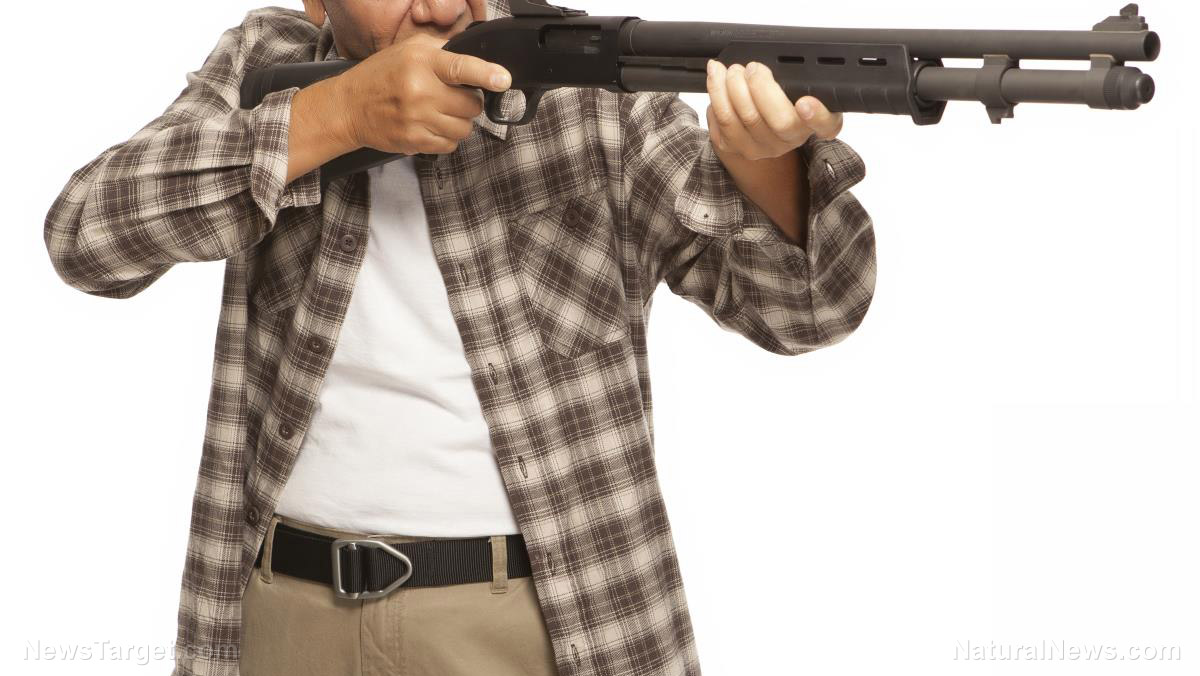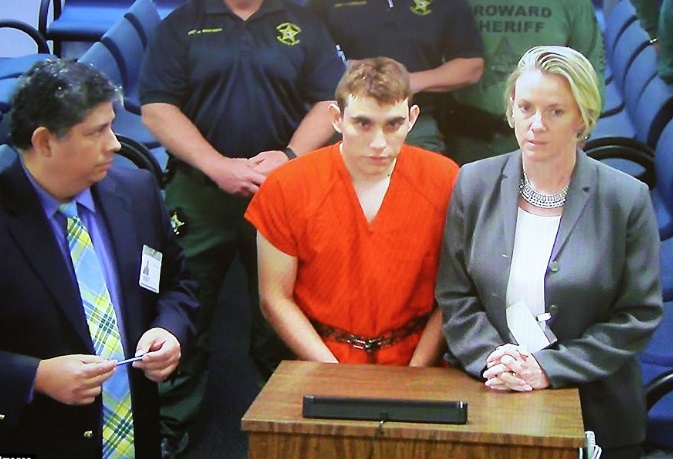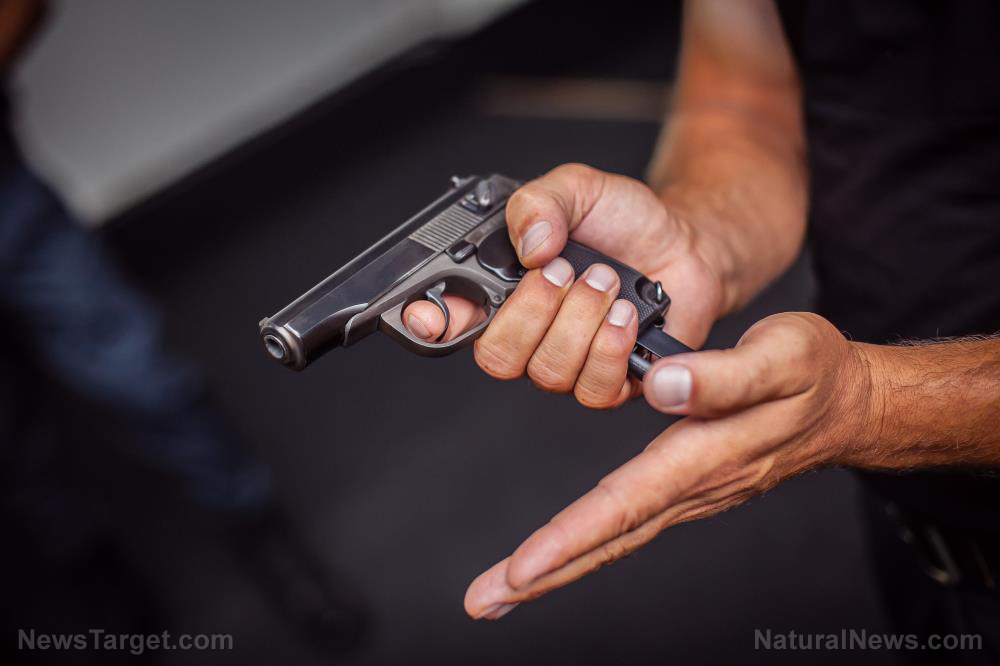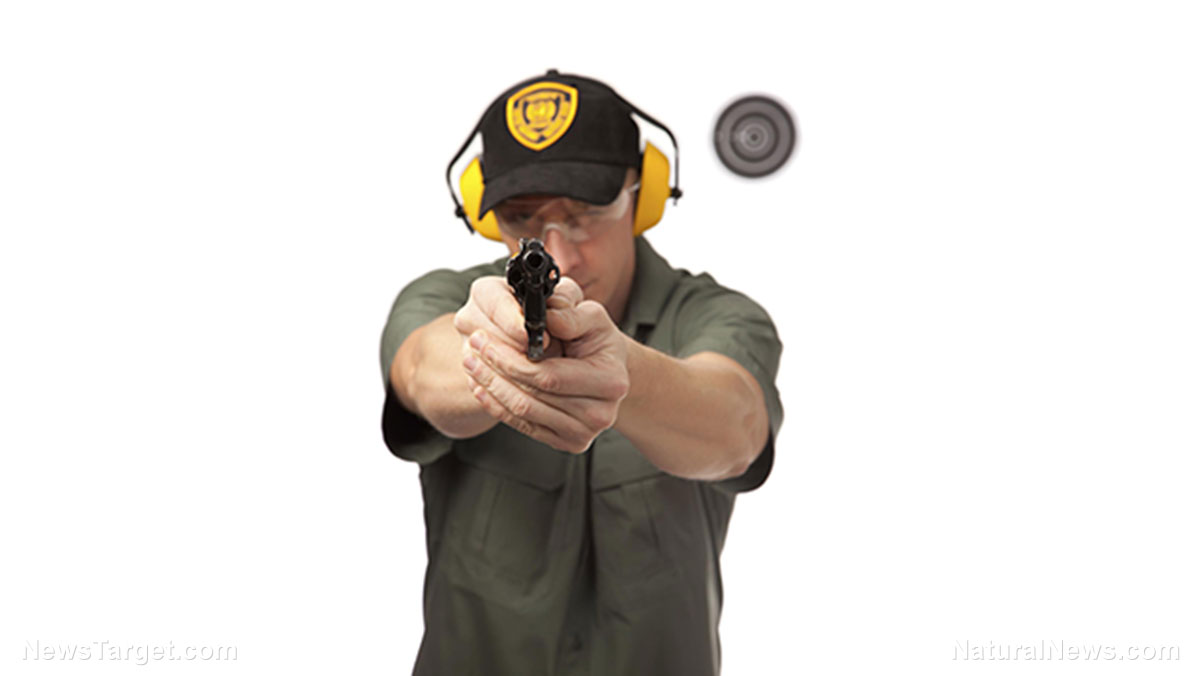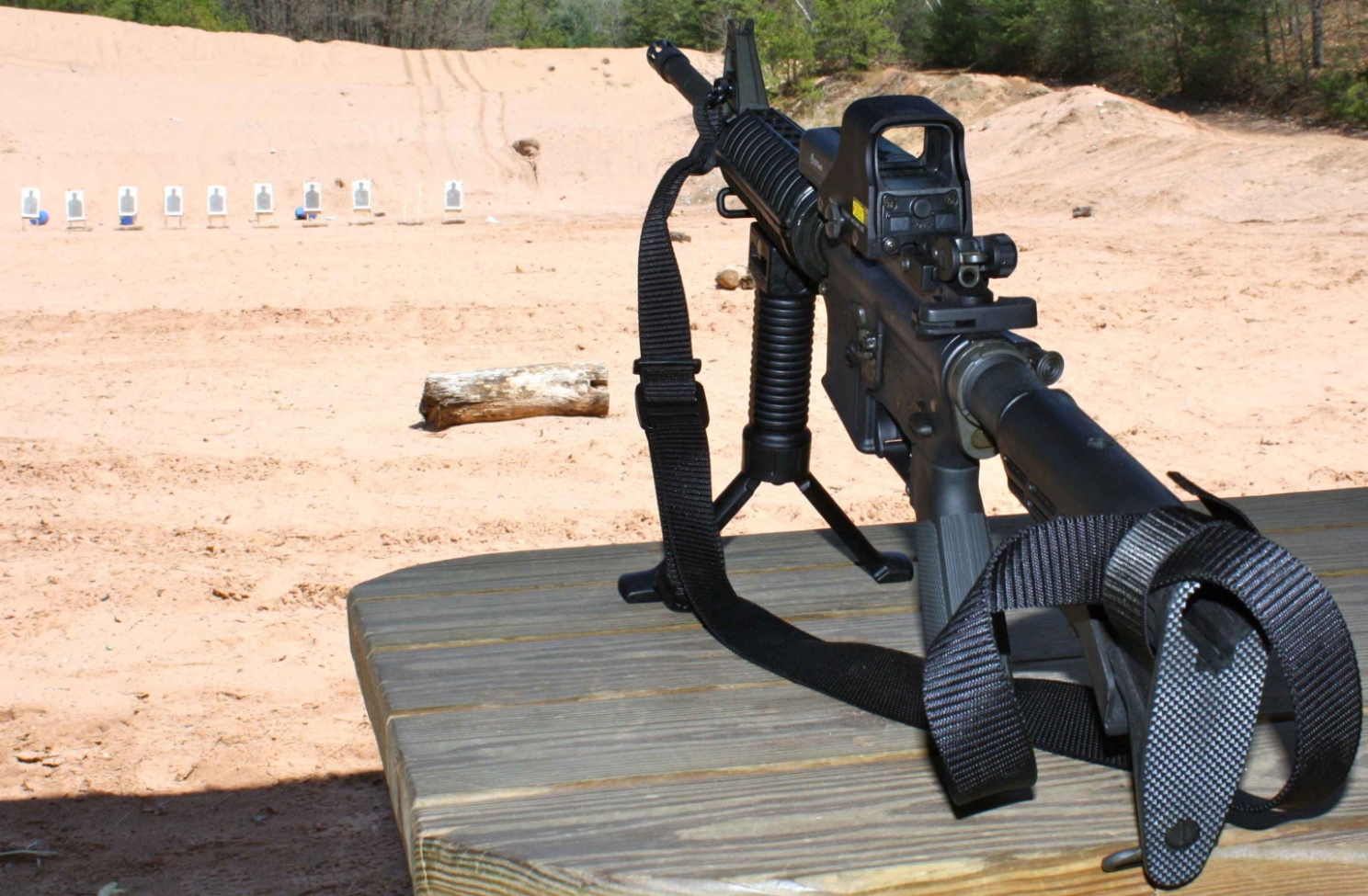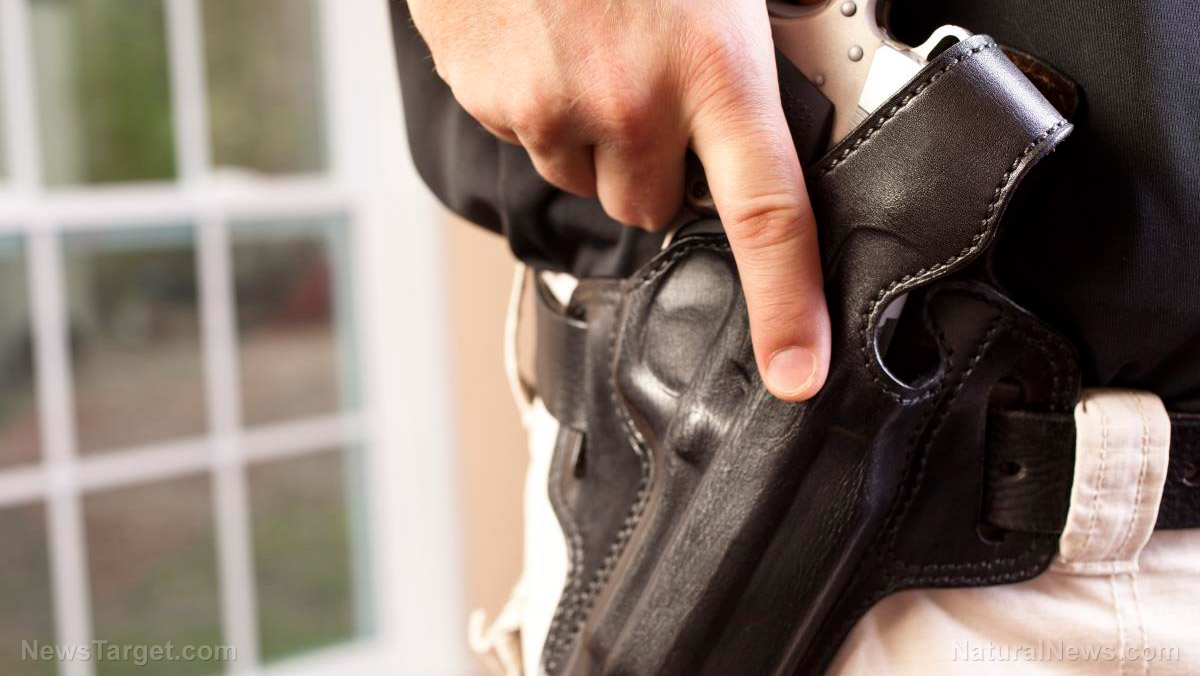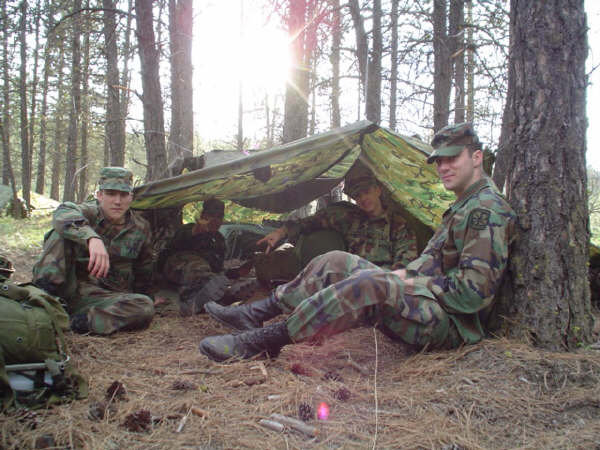How to deal with armed individuals and groups after a SHTF scenario
11/10/2018 / By Ethan Huff

Without knowing the true extent of what a real-life societal meltdown situation might look like until it actually happens, preemptively pinpointing your best hypothetical response to one can be tricky. At the same time, there are certain tactics and methods of conducting yourself post-SHTF that experience suggests will greatly increase your chances of survival.
You can expect that most “prepper” types – the only types of people who will actually survive when everything goes to hell in a handbasket, by the way – are going to be armed just like you are. They may not necessarily be hostile, but they’re definitely going to be on their guard and prepared for the worst – again, just like you are.
Putting yourself in the shoes of the other guy, consider how your behavior might change when there are no more stores with food on the shelves, no more gas stations with fuel, no more electricity or running water. Are you going to be the same civilized person you are now, or will you be forced into a more primal, or perhaps tribal, mindset?
Chances are you’re going to be in the latter category, as is the other guy. And with everybody around you more than likely armed to the teeth, learning how to communicate in the least aggressive way possible while still safeguarding your person and perhaps other persons in your care, including family and friends, will be of critical importance.
“If there is one thing you can count on in a post-collapse situation, it will be the presence of armed people,” writes Charles Yor for SurvivalSullivan.com, offering up his own personal expertise on what he would do in a worst-case scenario.
“Those that survived the onset and aftermath of a society-ending (or even disrupting) event probably did so thanks to a knack for preparation, and lacking that they probably learned to love the battle axe quickly after seeing what the dregs of humanity had in store for the weak and naïve.”
Do you know how to read other people’s body language? What about your own body language?
So what preparations are most crucial? First and foremost, it’s vital to learn everything there is to know about how firearms work. This doesn’t just include the firearms you personally own, but also other common models and types that other people might own. That way, when you see someone carrying or even wielding one, you’ll know how to respond.
You should also know how to read other people’s behaviors to detect how they might be planning to use a given firearm. Look at their eyes, evaluate where their hands are, and speculate as to what their intent might be. If someone has shifty eyes, for instance, or is approaching you in a seemingly strange manner, you’ll need to be quick on your feet with a solid plan for how to respond.
With this in mind, you’ll also want to consider how other people will be interpreting your behavior at any given time, and act accordingly. Yor suggests focusing on staying calm, cool, and collected at all times, while always making sure to be aware and engaged so you don’t get caught off guard.
“[W]hen stress is high, tempers are short and guns are plentiful, don’t act agitated, nervous or tough,” he writes.
“You (sic) attitude may make up someone’s mind to shoot, shank or club you. Don’t look like food (sic), and don’t act like a badass, either. An easy, confident, attitude and a smile can get you far,” he adds.
For more survival tips on how to survive when SHTF, be sure to check out Survival.news.
You can also learn more tips about how to prepare in advance of a societal breakdown by visiting Preparedness.news.
Sources for this article include:
Tagged Under: armed, behavior, chaos, Charles Yor, Collapse, communication skills, expertise, firearms, guns, meltdown, preparedness, Second Amendment, self-defense, SHTF, society, survival, Survival Sullivan

